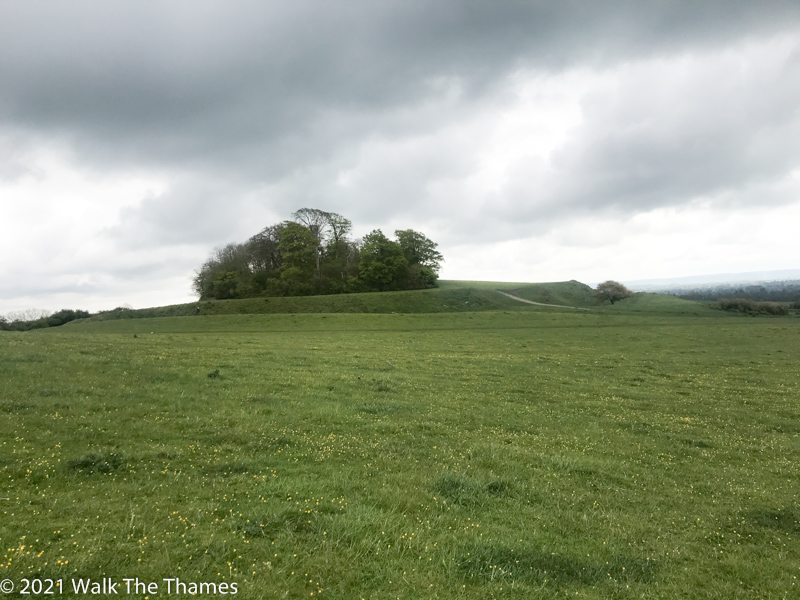One of Britain’s hidden treasures is its hillforts. There are believed to be about 5,000 in the United Kingdom. But what are they? When did they come about? And why? And why are there so many hillforts on the Ridgeway?
You might think the clue was in the title. But you’d be wrong. Hillforts don’t necessarily have to be on a hill. And they weren’t necessarily forts! So, with that myth busted, let’s explore what they really are.
Most “hillforts” were built in the iron age with early pioneers in the bronze age. So that’s about 2,000 BC to before the Roman age which, as every child knows, started at 55 BC. For context, time eras are: Stone, Bronze, Iron and Roman.
The purpose of a hillfort has been often debated. As many were built on hills, it’s unlikely that these were where communities were built. So it’s not necessarily the case that communities lived in the forts. If they did, where would they have got their water from?
It’s more likely that the fort was built either as a place of refuge in case of attack, or as a venue for social gatherings.
And the materials? Well, don’t expect any stones. The forts were essentially trenches with the earth piled on one side to increase the size of the walls. These were often reinforced with wooden stakes. And that was it. Very little else.
So where can you see hillforts on The Ridgeway? There are four all nicely lined up for you on the western section. Distances are from Avebury. These are at Barbury Castle (7 miles) Liddington (15 miles), Uffington (22 miles) and Segsbury (28 miles). On the ground it’s quite hard to appreciate them. You really need a drone to see them properly. Which is why we’ve teamed up with Hedley Thorne to bring you these magnificent photos.
There’s also a hillfort at the terminus of the Ridgeway at Ivinghoe Beacon, but that is hard to see. Another is just off the Thames Path at Wittenham Clumps
